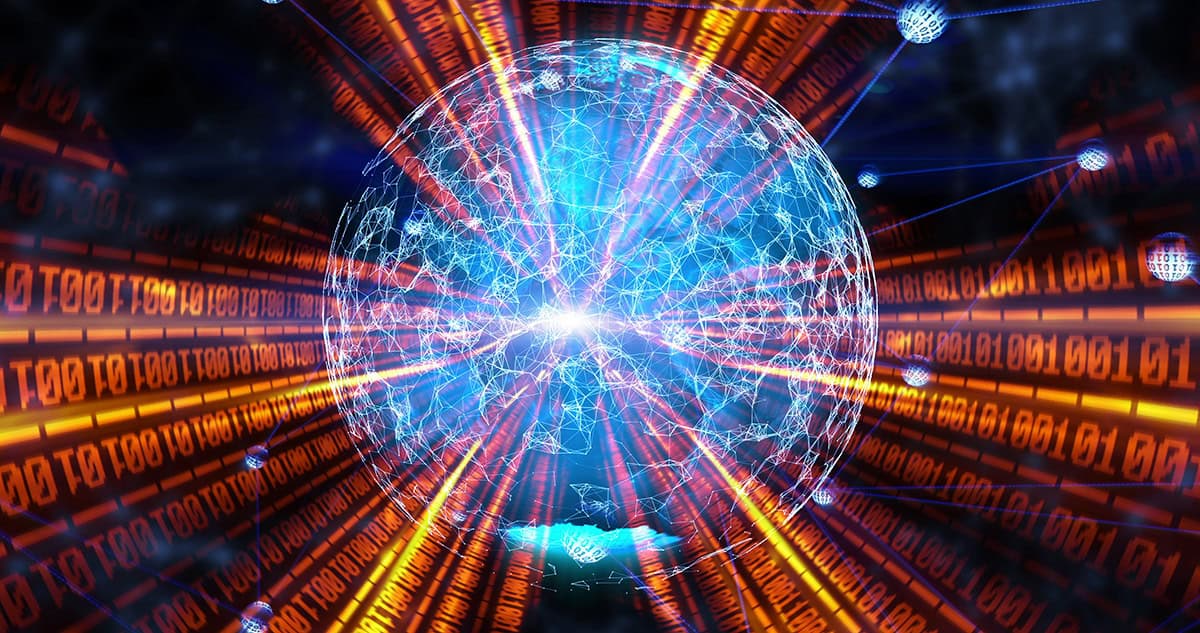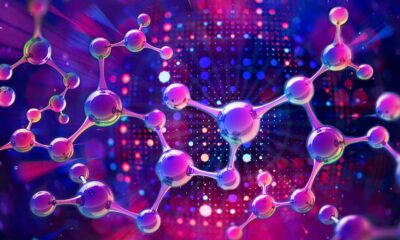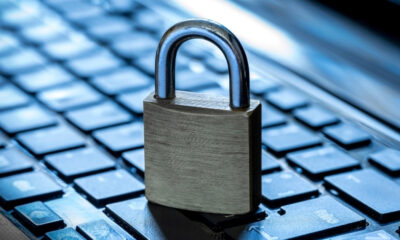Science
Advancements in Quantum Computing Enhance Reliability and Error Correction

Researchers are making significant strides in improving the reliability of quantum computers through innovative error correction techniques. This advancement focuses on quantum error correction codes, which are essential for safeguarding quantum information from decoherence and quantum noise, thereby enabling the development of more sophisticated quantum algorithms.
One of the key developments is the five-qubit error correction code. This code is designed to address single-qubit errors using five physical qubits, which serve as the fundamental units of quantum information. These qubits can be fabricated using various technologies, including trapped ions, superconducting circuits, or quantum dots. By correcting errors in a logical qubit, which is a composite of physical qubits, the code aims to enhance the overall reliability of quantum computing systems. Nevertheless, imperfections in hardware can still lead to errors, necessitating advanced testing methods.
Self-Testing Techniques in Quantum Error Correction
A prominent method for evaluating quantum error correction codes is known as self-testing. This approach allows researchers to verify the properties of quantum devices using only statistical data from input-output measurements. Originally applied to bipartite systems with two quantum subsystems, self-testing has evolved to encompass multipartite entanglement, involving three or more subsystems. The latest advancements focus on genuinely entangled subspaces, which provide stronger entanglement guarantees than general multipartite states, making them particularly valuable for error correction in quantum computing.
In a recent study, researchers employed self-testing techniques to certify genuinely entangled logical subspaces within the five-qubit code, utilizing both photonic and superconducting platforms. By preparing informationally complete logical states that span the entire logical space, the team ensured that the set was comprehensive enough to fully characterize the system’s behavior. They introduced simulated basic quantum errors, specifically Pauli errors, to mimic real-world noise conditions.
To assess the system’s response to these errors, the researchers applied mathematical tests known as Bell inequalities, adapted for the framework of quantum error correction. This process helped verify whether the system maintained its integrity within the original logical subspaces after errors were introduced.
Results and Implications for Quantum Technology
The study’s findings revealed that the extractability measures, which indicate how closely the tested quantum system approaches the ideal target state, reached scores of at least 0.828 ± 0.006 for the photonic system and 0.621 ± 0.007 for the superconducting system. The high score for the photonic platform indicated that the logical subspace was remarkably close to the ideal configuration. Although the superconducting platform achieved a lower score, it still exhibited meaningful entanglement.
These results demonstrate the effectiveness of the self-testing method in practice and confirm the presence of strong entanglement within the five-qubit code across both platforms. The research contributes significantly to the evolution of quantum technologies by offering robust methods for verifying and characterizing complex quantum structures. Such advancements are crucial for the development of reliable and scalable quantum systems.
Furthermore, the findings indicate that device-independent certification can extend beyond mere quantum states and measurements, paving the way for broader applications within quantum structures. This research not only enhances the reliability of quantum computing but also sets the foundation for future innovations in the field.
For further reading, the study titled “Certification of Genuinely Entangled Subspaces of the Five Qubit Code via Robust Self-Testing” by Yu Guo et al. is set to be published in 2025 in the journal Reports on Progress in Physics. This work illustrates the critical role of error correction in realizing the full potential of quantum computing technologies.
-

 Entertainment2 months ago
Entertainment2 months agoAnn Ming Reflects on ITV’s ‘I Fought the Law’ Drama
-

 Entertainment3 months ago
Entertainment3 months agoKate Garraway Sells £2 Million Home Amid Financial Struggles
-

 Health2 months ago
Health2 months agoKatie Price Faces New Health Concerns After Cancer Symptoms Resurface
-

 Entertainment2 months ago
Entertainment2 months agoCoronation Street’s Carl Webster Faces Trouble with New Affairs
-

 Entertainment2 months ago
Entertainment2 months agoWhere is Tinder Swindler Simon Leviev? Latest Updates Revealed
-

 Entertainment3 months ago
Entertainment3 months agoKim Cattrall Posts Cryptic Message After HBO’s Sequel Cancellation
-

 Entertainment2 months ago
Entertainment2 months agoOlivia Attwood Opens Up About Fallout with Former Best Friend
-

 Science2 weeks ago
Science2 weeks agoBrian Cox Addresses Claims of Alien Probe in 3I/ATLAS Discovery
-

 Entertainment3 months ago
Entertainment3 months agoMarkiplier Addresses AI Controversy During Livestream Response
-

 Entertainment2 months ago
Entertainment2 months agoMasterChef Faces Turmoil as Tom Kerridge Withdraws from Hosting Role
-

 Entertainment4 months ago
Entertainment4 months agoSpeculation Surrounds Home and Away as Cast Departures Mount
-

 World2 months ago
World2 months agoCole Palmer’s Mysterious Message to Kobbie Mainoo Sparks Speculation





















